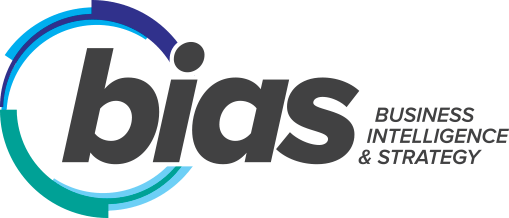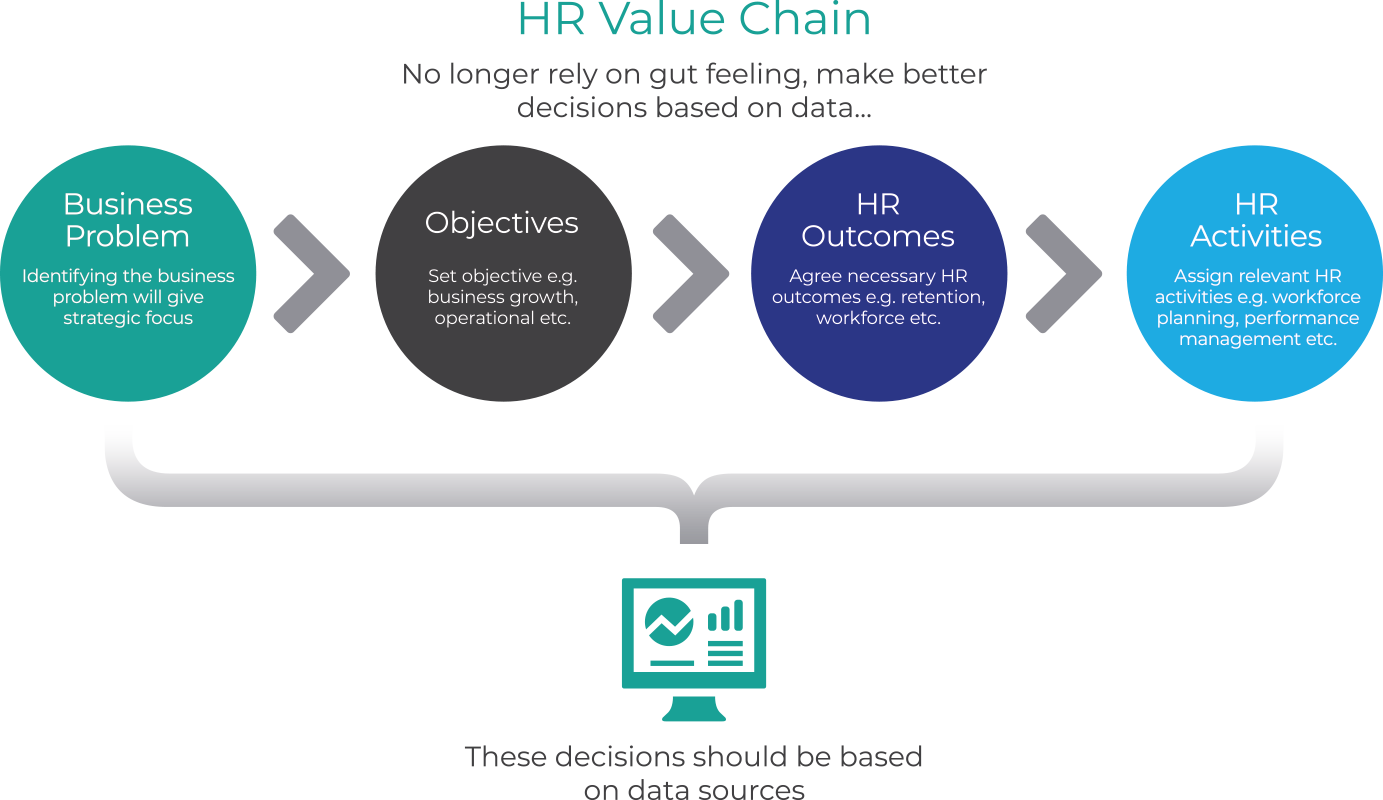What is data analytics in HR?
Data Analytics are increasingly becoming part of the HR toolkit. You probably know that you are sitting on a wealth of valuable data but are not sure how to turn it into useful information or actionable insights.
Data Analytics combines information about what has happened in the past (lagging KPIs) and what might happen in the future (leading KPIs). It can be used to solve a wide range of HR and business problems including boosting employee engagement, identifying flight risk for talent management, improving quality of hiring and recruitment.
With the right people analytics platform, you can better motivate and manage your people, create more relevant HR strategies, and transform the value HR contributes to your business.
What metrics and KPIs should HR measure?
Depending on the business problem you are trying to solve there are a wide range of HR metrics that you can measure.
Metrics measure the cost effectiveness of the workforce and include:
- Revenue per employee
- Labour cost per employee
- Cost of absenteeism
- Training efficiency
- Turnover rate of talent
- Absence rate per manager/department
Metrics measure the effectiveness of your recruitment activities and include:
- Quality of hire
- First-year attrition
- Cost per hire
- Applicants per opening (including splits by diversity measures)
- Time to fill/hire
- % of open positions
Metrics measure people factors across the organisation and include:
- Average age
- Average length of service
- Retirement rate
- Engagement/satisfaction rates
HR predictive analytics
Predictive analytics allow you to utilise the metrics you have combined with business insights and observations to predict future behaviours and trends.

